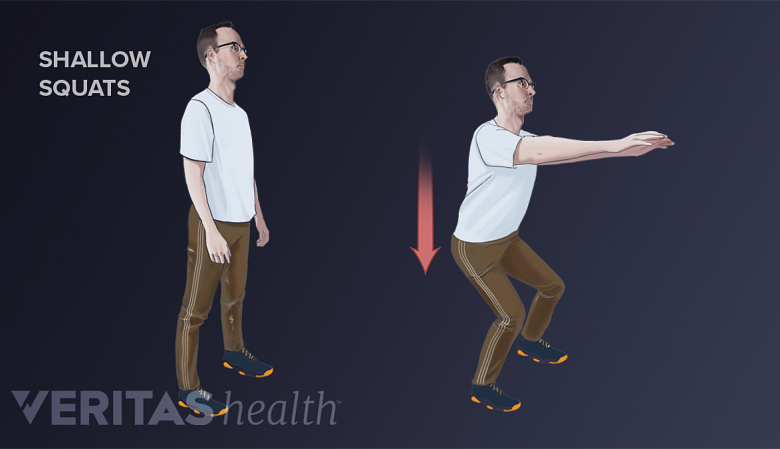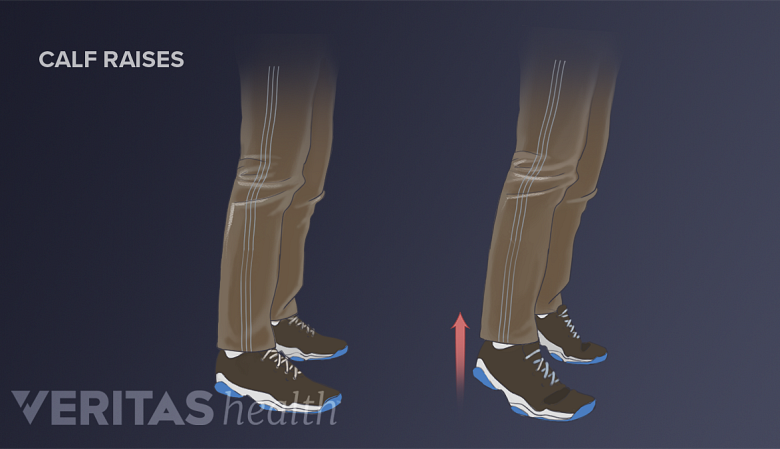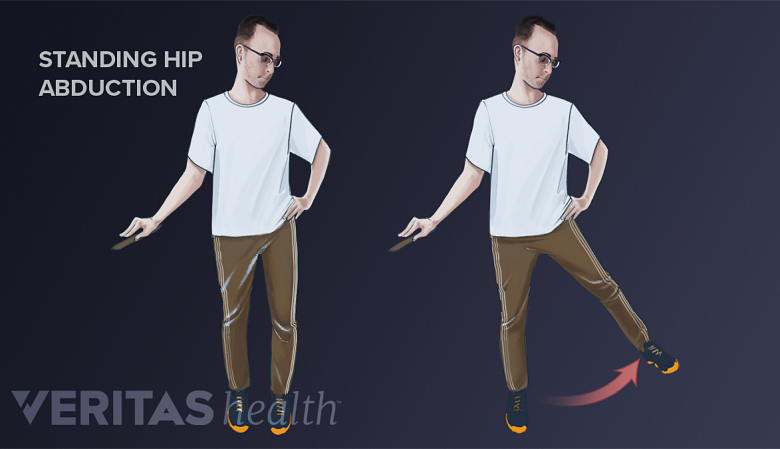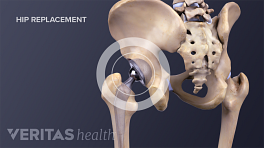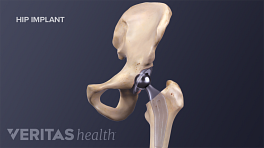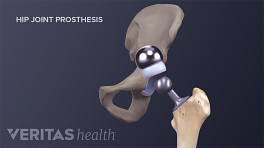After anterior hip replacement surgery, a patient is encouraged to ease into an exercise routine. Several suggested cardiovascular and hip-strengthening exercises are described below.
Once a physical therapist approves, exercises such as standing hip abduction can aid recovery from anterior hip replacement surgery.
In This Article:
- Anterior Hip Replacement Do’s and Don’ts
- Anterior Hip Replacement Exercises
Walking
Most people will begin their post-surgical recovery by walking a short distance several times each day. Initially, a patient will need a walker or crutches. Later, he or she will only need a cane in the hand opposite to the affected hip. Over time, the patient will walk longer and longer distances, regaining a normal gait and pace.
Most patients’ goal is to walk normally and without assistance 2 months after surgery, but this may happen sooner. Walking can continue to be part of a regular exercise routine.
Using a stationary bike
Biking can improve leg and hip muscle strength and increase the new hip’s range of motion. Biking on a stationary bike eliminates the risk of falling and injuring the new hip. Adjusting the bike seat higher than usual can help avoid uncomfortable, excessive bending at the hip. (A person using a recumbent bike can set the seat further back than normal.)
Swimming or water aerobics
Swimming and water aerobics may be done after the surgical wound has healed and/or when the doctor says it is okay (usually about 2 weeks after surgery). Initially, people should avoid doing the breaststroke because the breaststroke kick (frog-kick) can put increased stress on a new hip and may be uncomfortable. Swimming and water aerobics are low-impact exercises that can improve cardiovascular health and help tone muscles.
See Water Therapy for Osteoarthritis
Shallow squats
This exercise strengthens the thigh and gluteal muscles that support the hip joint.
- Hold on to the back of a chair, a walker, or a countertop.
- Place feet about hip with apart and toes pointed straight forward.
- In a slow and controlled motion, bend at the knees and hips. The bend should not go so low that balance is lost or it is too difficult to straighten the legs and get back up.
- Return to standing.
Do one set of 10 to 15 repetitions. More sets can be added as strength increases.
Heel and toe lifts
This exercise helps activate leg muscles and improve balance.
- Stand up straight and hold on to the back of a chair, a walker, or a countertop.
- With toes facing straight forward, raise both heels off the ground, putting weight on the balls of the feet.
- Go down and rock back on heels. Maintain balance—it is not necessary to rock back very far.
- Return to standing.
Do one set of 10 to 15 repetitions. More sets can be added as strength increases.
Standing hip abduction
This exercise strengthens muscles called hip abductors. These muscles are located at the outside of the hip, and they help stabilize the pelvis during walking or balancing on one foot.
Read more about Hip Anatomy
- With toes pointing straight forward, stand facing a wall, chair, or countertop.
- Place hands on the wall, chair, or countertop for balance.
- Keeping one leg firmly planted on the ground, raise the other leg to the side, away from the body. Remember to stand straight—don’t lean the torso to the opposite side.
- Lower the leg to the floor.
Do this on both sides (good and operated side) 15 times. More sets can be added as strength increases.
Physicians recommend these and/or other exercises become part of a regular exercise routine, rather than just a short-term habit during hip replacement recovery. Regular exercise is essential to maintaining hip strength as well as overall health.
For more exercise ideas, patients can consult with their surgeon’s office or physical therapist.
